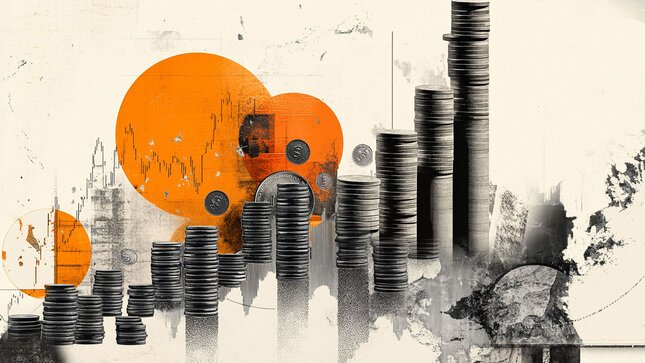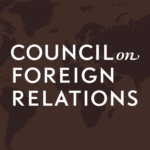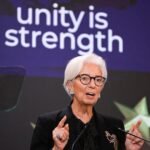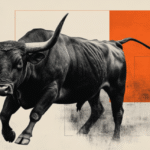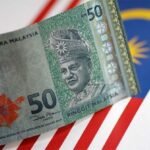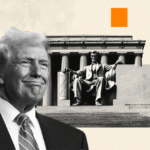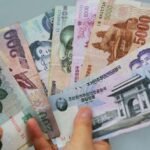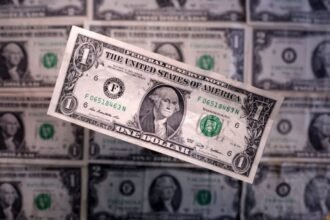A hangover of excess
Oh, it’s shaping up to be one of those clunker days when the “I told you so” crowd comes out swinging, basking in the glow of their own performative wisdom, peddling slogans like “the market was ripe for short-side pickings.” But let’s be honest—the after-hours shakeout wasn’t just about stretched multiples or frothy valuations. It was also marked by political static, with dark clouds rolling in over U.S. governance, just as New York elects Zohran Mamdani—a 34-year-old democratic socialist who wants to hike taxes on millionaires and corporations. When the financial world’s epicentre starts muttering “tax hikes,” risk markets listen and recoil. The idea that Manhattan could morph into a ghost town as money flees to friendlier climes isn’t just cocktail chatter anymore—it’s a tail risk you can price.
Billionaire hedge fund titans like Ackman and Loeb are already warning that New York’s new politics could send capital sprinting for the exits.
Down in Washington, the government shutdown is causing its own type of dysfunction and is affecting investor confidence with each passing day. After weeks of grounded flights and delays at airports nationwide due to a severe shortage of air traffic controllers, Transportation Secretary Sean Duffy warned that the worst-case scenario could happen as early as next week: a partial shutdown of U.S. airspace.
The stalemate—now 35 days long—has already set a record, with no indication that lawmakers are ready to reach an agreement. “If you bring us to a week from today, you will see mass chaos,” Transportation Secretary Duffy warned, citing thousands of unpaid controllers skipping shifts and causing near-daily disruptions. Another paycheque with zero dollars comes this week, and many simply cannot afford to keep working for nothing. America’s air traffic system, the circulatory system of commerce itself, is now under pressure from political deadlock—a metaphor not lost on traders watching clogged liquidity pipes and rising systemic risk premiums.
Across the Atlantic, Britain’s own version of fiscal restraint is starting to bite. Chancellor Rachel Reeves is prepping voters for “hard choices” ahead of the budget, trying to square a no-tax-hike campaign promise with the arithmetic of public debt. Sterling duly wilted—traders know that fiscal tightening in London could soon force the Bank of England into the paradox of easing policy to cushion the blow—a political tail risk, now transatlantic.
So, no surprise: global equities stumbled into midweek carrying the weight of valuation angst and policy anxiety alike. The S&P 500 and Nasdaq 100 futures extended their losses in Asia after US indexes suffered their steepest decline in a month. Tech once again led the retreat, with Super Micro Computer tumbling in late trade and AMD’s revenue guidance failing to ignite. In Seoul, the Kospi shed more than 3%, underscoring how fragile sentiment has become now that the AI halo feels more like a headwind.
Treasuries, meanwhile, are steadying after a safety bid sent yields lower across the curve. Crypto tried to reclaim its footing after Bitcoin briefly dipped below $100,000—a psychological crack, not a structural one, but symbolic of how overstretched momentum has become. The yen strengthened for a second day, the market’s instinctive nod to caution.
You don’t need an MBA to see this coming—just a rerun of Shark Tank. Anyone pitching an investment story at 246x forward earnings, when the benchmark’s benchmark Nvidia trades at a third of that, should expect to face tough questions. Market optimism had grown feverish, retail punters and fund managers alike chasing the year-end rally as if they could outrun gravity. Yet history never smiles on rallies that climb too narrowly on too few shoulders. A breathless tape always ends the same way—gasping.
Even the big Wall Street CEOs are beginning to speak the language of limits. Morgan Stanley and Goldman Sachs both cautioned this week that equities look vulnerable to a correction. And just as the Fed toys with equivocation—uncertain whether another rate cut is wise—its own lending data shows large and mid-sized firms ramping up borrowing at the fastest pace in three years. That doesn’t exactly scream “policy urgency,” and markets know it.
The result? A cocktail of valuation vertigo, policy confusion, and political unease—all served in the same glass. The hangover is global now, and Asia’s first sip tastes bitter.

